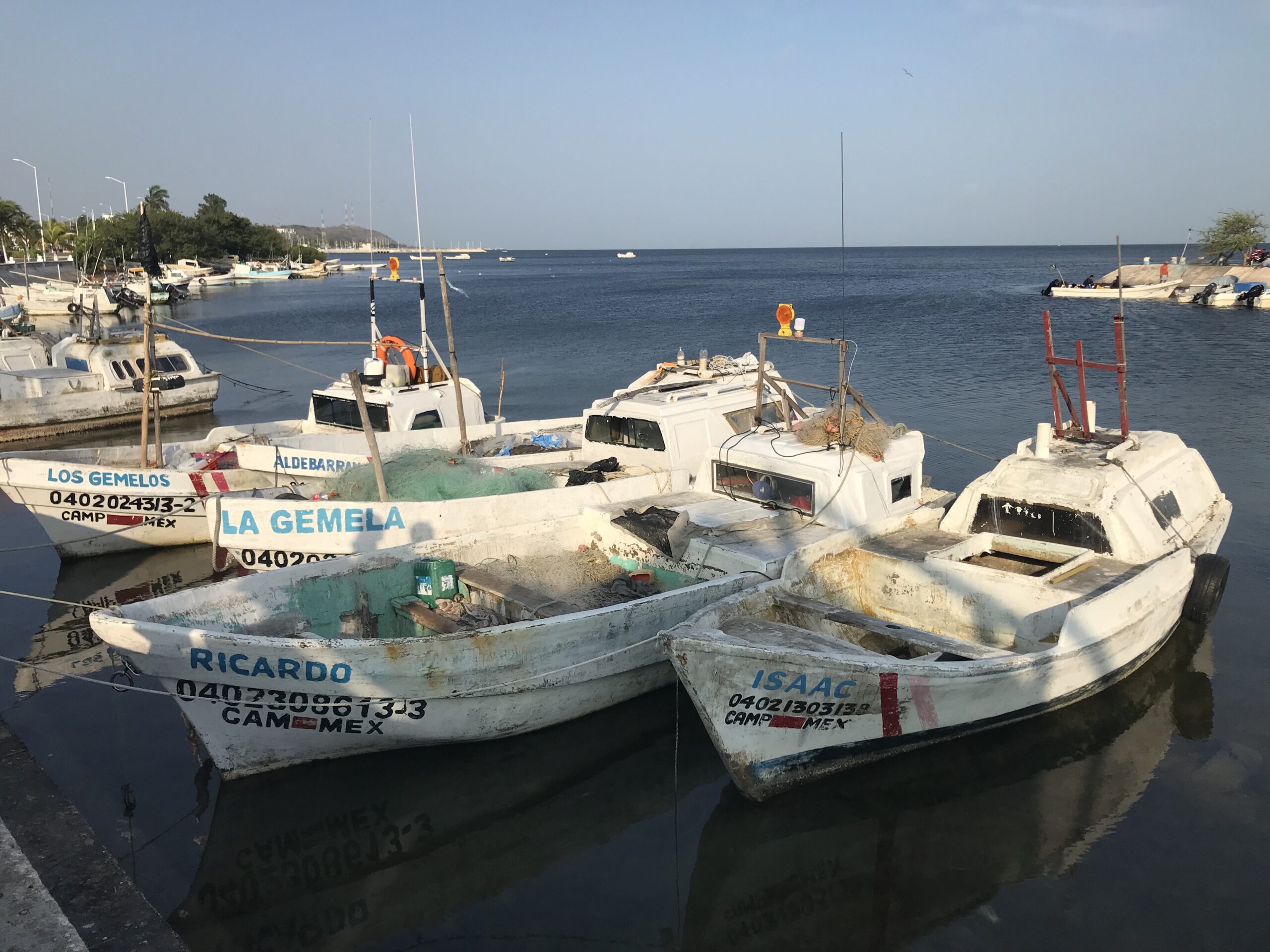Shark and ray conservation requires international trust and collaboration
When you think of shark conservation, some things may come to mind: fishing regulations, Marine Protected Areas, CITES listings, retention bans… While some of these management measures may be effective in specific countries, some regions and cultures depend on the harvest and consumption of sharks and rays as a source of sustainable protein and income.
While shark finning and bycatch are serious and complex issues facing the sustainability of global shark populations, understanding the cultural and economic importance of artisanal elasmobranch fisheries is also critical to the conservation of vulnerable populations of both sharks and humans.
As many sharks are highly migratory and move across international jurisdictions, cooperative and collaborative research efforts are required. Harvesting fish from shared migratory populations that cross international borders, has implications for regional sustainability, compared to resident non-migratory populations that are not shared resources.
While some research approaches, such as satellite and acoustic tagging, can provide high-resolution data on movements and behaviour, they are limited by the narrow time frame of months to years. Deploying electronic tags and deciphering the data require high expense for both equipment and personnel and is not an option for extractive fisheries in artisanal coastal communities.
An alternative approach to understanding elasmobranch life history is using natural chemical tags. All sharks possess mineralized vertebrae that grow in proportion to shark growth in length and weight. As trees lay down rings, shark vertebrae also deposit rings related to seasonal growth, and thus time. These rings can be counted to estimate age, but the chemical composition of the layers contain even more information.
First, every individual in a population is naturally marked as they behave normally, so capture and handling is not required. As natural tags grow, the calcified structures assimilate elements and isotopes from the surrounding water via respiration or through digestive pathways and dietary uptake. Thus, chemical signatures contained in vertebrae act as passports, containing stamps of the regions a shark has traveled or originated from.
Second, opportunistically sampled vertebrae can be collected from artisanal fisheries at landing sites, without affecting fishing methods or catch rates. Seasonal harvest restrictions during shark pupping months, has been accepted by fishermen as catches have increased with science-based regulation. This requires trust between fishermen and scientists.

Campeche artisanal fishing vessels. Photo © John Mohan
In 2019, an idea was born to host an international workshop to bring together students, scientists, fishermen and researchers with the shared effort of enhancing conservation of elasmobranch fisheries between the US and Mexico. With support from the CONACYT program in May 2023, this idea became a reality.
The workshop was held at ECOSUR in the tranquil, coastal Mexican city of Campeche. Participants included students and academic professors from both Mexico and the US and MX governmental scientists. Bilingual description of ongoing research was communicated, and research gaps were identified and discussed. To better understand the population structure and dynamics of exploited elasmobranch species in the southern Gulf of Mexico, natural chemical tags contained in vertebrae hold promise as a viable tool but requires international partnerships.
All participants involved share the common goal of conserving elasmobranch populations, as healthy fisheries support the communities in both the northern US and southern MX Gulf of Mexico. Future international and cooperative collaborations are necessary to ensure the long-term sustainability of shared elasmobranch resources. This workshop was a first step in building partnerships and identifying shared conservation goals, and will not be the last.
